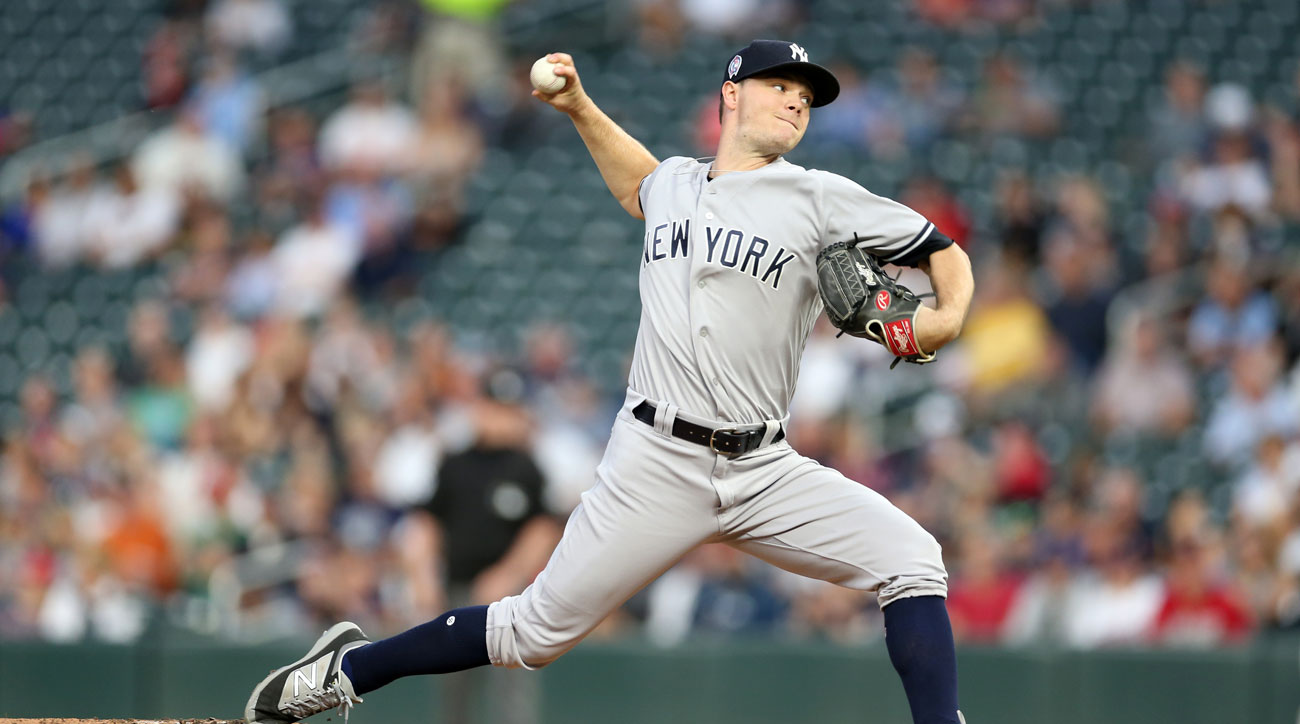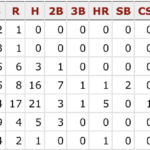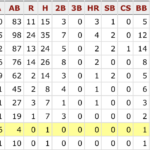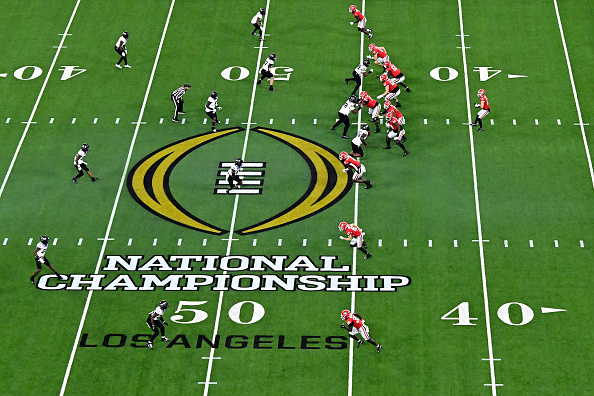After the end of the New York Yankees’ 2018 season, general manager Brian Cashman announced to the media that he was going into the offseason with the mindset to relocate right-handed pitcher, Sonny Gray.
Rumors have been buzzing this winter about teams lining up to do business with the Yankees in regards to Gray–with San Diego, Cincinnati, and even Oakland rumored to be inquiring about the 29-year-old.
But if Cashman was really willing to shop Gray, why is it taking so long to find a suitable offer? It’s understandable that rushing to make a deal could result in an epic flop when trading a guy of Sonny Gray’s caliber. But sometimes you need to be realistic and truth be told, the value isn’t all that high on a guy coming off of a season in which he went 11-9 with a 4.90 ERA.
Even so, the numbers are a bit misleading. On the road in 2018, Gray posted a 3.17 ERA in 15 outings, compared to a 6.98 ERA in 15 outings at home. So away from Yankee Stadium, Gray was practically his old Oakland self. In Yankee Stadium was a different story.
Another bit of information that sometimes gets lost in all of his failures in 2018, was that Sonny Gray actually improved his ERA each month of the season, aside from a spike in August, which saw him get banished to the bullpen.

But the most noticeable change in Gray’s season came in those seven relief appearances in August and September, where he had an ERA of 2.60 in 17.1 innings pitched; and finished the year with an ERA of 1.99 in his final seven outings, including 6.1 innings of shutout ball against the Orioles on Aug. 25. However, none of that was enough to garner him a postseason roster spot in the AL Wild Card game or the ALDS.
The sample size was just too small for Aaron Boone and Brian Cashman to withhold any sort of confidence that Gray could enter a pressure situation and get out unscathed. But, as evident in the performance of Lance Lynn in Game 3 against the Red Sox, it didn’t really matter if you had confidence in the guy–talent trumps all.
Gray is in his last season of arbitration eligibility in 2019 and with the season he had in 2018, he should be coming back at a fairly cheap amount. That being said, the Yankees will be rolling into the season with a rotation of:
- Luis Severino RHP
- James Paxton LHP
- Masahiro Tanaka RHP
- J.A. Happ LHP
- C.C. Sabathia LHP
Gray is listed as number six on the depth chart, according to Yankees.com.
Should New York fail to trade the right-hander, what capacity could Aaron Boone use him in for the 2019 season? The answer is simple: Give him David Robertson’s role. The Yankees were among a handful of teams trying to gain the services of Robertson before he ultimately signed a two-year deal with the Philadelphia Phillies on Jan. 3. Robertson took with him his ability to pitch in any inning, for any length of time along with him; thus leaving the Yankees without their most consistent right-handed relief option.
But why is Sonny Gray a good replacement? For starters, outside of the seventh, each inning from the fifth inning on featured a sub-three ERA. Including an ERA of 2.19 in the sixth, 2.08 in the eighth, and 0.00 in the ninth and extra innings. Each inning after the fourth, other than the seventh, actually favors Gray over Robertson.
Obviously a greater sample size for Robertson, but Gray still showed that he could at least get outs in the later stages of the game; and with smaller sample sizes come inflated numbers in categories such as opponent batting average, OPS against, and opponent’s slugging percentage–so naturally Gray had relatively misleading slash lines from innings seven through nine.
Gray still is more than capable of being a starter at the major league level and has shown it time and time again. But unless the Yankees go with a six-man rotation, he is going to have to hang out in the bullpen until someone gets injured. But even with that chance, the Yankees do have Chance Adams in the minor leagues, and Jordan Montgomery slated to come back potentially by summer’s end. The opportunities are thinning for Sonny.
But what Gray can provide in the Bronx is a flex reliever. A guy who can work any inning from the fifth through the ninth, and be able to give as many as nine outs if need be. While he may be a potential downgrade from someone of David Robertson’s class, there’s no real reason to believe he can’t figure it out.
One bad year shouldn’t erase four out of his previous five seasons of pitching at a very high level. New York may not be for everyone, but there was a shift in his performance when he went to the bullpen.









